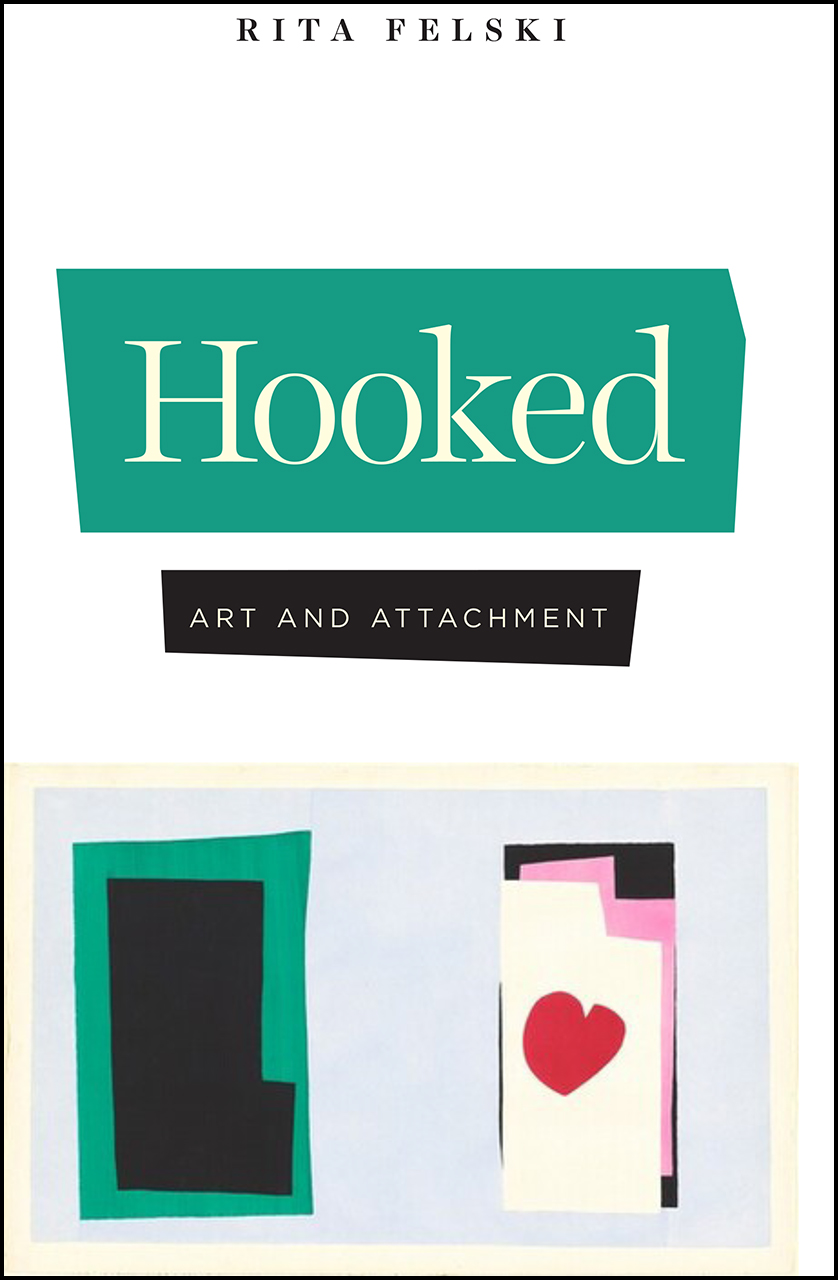Thomas Millay on Rita Felski

My cheeks instantly flushed out of embarrassment for this questioner. But I found myself wondering: why should someone be embarrassed of an obsession with Sally Rooney? It is not as if Rooney’s writing is fluff; there’s really nothing here for an academic to be embarrassed of, rationally speaking. Inwardly, even as an academic, I don’t think there’s anything wrong with liking Sally Rooney. But that someone would openly admit to having an intense affinity—that should not be done, at least according to the affect welling up in me.
There is a whole pedagogy of repression, a schooling in the squelching of attachment, that went into producing my response of vicarious shame. It is precisely this education in the suppression of sentiment which Rita Felski means to address and dismantle in Hooked. In her previous book The Limits of Critique, Felski laments the narrowing of scholarly aesthetic discussions to methods of unmasking and debunking which purport to show what a given work is really about. Humanities scholarship, according to Felski, is dominated by a “mood” of suspicion and a “stance” of detachment. Both of these combine to define supposedly serious academic work as that which stands back from a given aesthetic object in order to expose its hidden complicities. Hooked constitutes the sequel to The Limits of Critique, laying out a positive paradigm for how we might relate to works of art beyond the narrow confines we often place on them.
The Limits of Critique generated a good deal of theoretical excitement and animated discussion, receiving coverage in The Chronicle of Higher Education as well longer assessments by scholars such as Robert T. Tally, Jr. The success of the book is ironic, in that it is a critique of critique, a suspicion of suspicion. It thus fits the “mood” of scholarship as it is currently practiced and is perhaps successful on account of its employment of the very critical mood it takes to task. If its positive companion Hooked were to be a failure, if it were only a gesture toward what positive appreciations of art might be, such a situation would therefore both demonstrate the truth of the argument in The Limits of Critique (namely, the ubiquity of criticism in the humanities) while also displaying Felski’s inability to escape the dominant paradigm.
Thankfully, Hooked is a success. Felski shows that we can positively appreciate art through her generative discussions of attachment, attunement, commitment, care, the reality of fictional characters, and the networks that make any aesthetic experience possible. As a pedagogical example of her approach, Felski highlights Brain Glavey, who discovered in the teaching of a class that his students loved the Frank O’Hara poem “Having a Coke with You.” Instead of critiquing his students as hopelessly commodified consumers, Glavey extended his students’ attachment to the poem, placing it within larger contexts, such as that of the role of art can play in queer affirmation and the sharing of aesthetic affinities as a mode of friendship.The philosophical stakes of Hooked are high: Felski resists the Kantian and German Idealist opposition of immediacy and reflection, proposing instead a practice of reflection that aims to preserve our immediate reactions to aesthetic objects. Such a philosophical position leads to the endorsement of the genre of memoir as a space of serious aesthetic reflection, a welcome development in an era where much writing on art invokes personal narrative.
Generosity is a core value in Felski’s post-critical hermeneutics. With this in mind, she could be more generous toward the tradition of Marxist criticism. Too often this variety of criticism is painted with a broad brush, as if every Marxist text on aesthetics aims only to expose the hidden ideology of a given work of art. By way of contrast, one could cite Fredric Jameson’s Allegory and Ideology, which is an example par excellence of a Marxist tradition of additive (rather than reductive) interpretation, meaning that Jameson restores the political and economic networks the given artwork participates in, without reducing the work of art to those networks.
But the chief virtue of Hooked is that it encourages scholars to be more honest. We all write about things principally because we are obsessed with them. Yet we are embarrassed to speak of our affinities in terms of obsession. If accepted, Felski’s proposals would lead to aesthetic engagements which speak openly about why the interaction is happening in the first place. Such honesty can only be welcomed as a step forward in that old philosophical project—namely, knowing ourselves.
Thomas J. Millay is a Senior Research Fellow at the Hong Kierkegaard Library, St. Olaf College. He is the author of You Must Change Your Life: Søren Kierkegaard’s Philosophy of Reading (Cascade Press, 2020).
